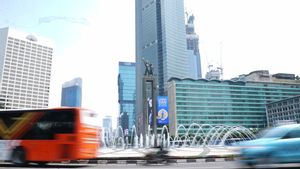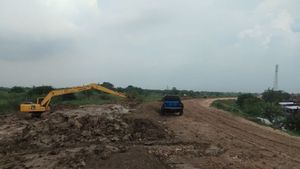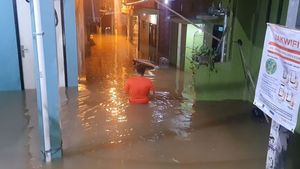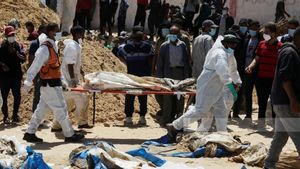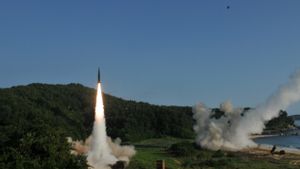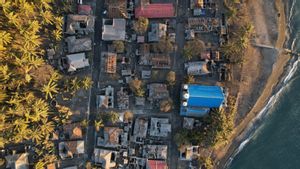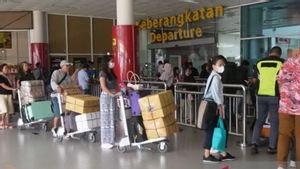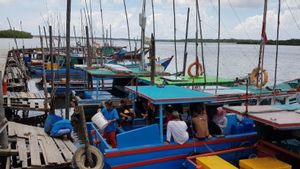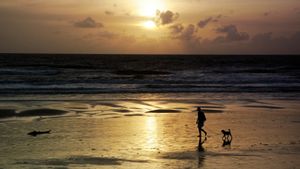
MANADO - The Regional Disaster Management Agency (BPBD) stated that the number of refugees due to the abrasion of Amurang Beach, South Minahasa Regency, North Sulawesi (North Sulawesi) increased by almost 500 people compared to the previous few days.
"So previously, residents who lived in a radius of more than 20 meters had not occupied refugee locations, but now they are living there (refugees)," said the Head of the South Minahasa Regency Regional Disaster Management Agency (BPBD), Thorie R Joseph in Manado as reported by ANTARA, Monday, July 4th.
Although he did not specify in detail the number of family heads in the refugee camps, according to him, the number is starting to increase.
Previously, data as of June 29, as many as 387 people or 127 heads of families who were victims of abrasion on the coast of Amurang Beach, South Minahasa Regency, were still living in refugee camps.
The displaced residents were mapped to the Lewet General Assembly Hall (53 families, 134 people), the Uwuran II Sentrum Hall (46 families, 158 people), and at the homes of relatives/family (28 families/95 people).
There are as many as 18 babies, 34 toddlers, four pregnant women, and 42 elderly residents who occupy the three refugee places
"It's not possible when they (victims who live above a radius of 20 meters are already in a refugee camp, we don't serve them. In the end, we serve like other refugees," said Thorie.
SEE ALSO:
BPBD appreciates the parties who contributed to ease the burden experienced by coastal residents of Amurang District, especially in Uwuran Satu and Bitung Villages.
"Availability of logistics for refugees is still available. We will also guarantee the logistics for refugees when occupying temporary shelters that are still being built," he said.
According to Thorie, those who were in the refugee camps included residents who were victims of abrasion up to a radius of 50 meters. However, the district government will prioritize victims who are within a radius of 20 meters from the coast affected by abrasion.
"So gradually, whose houses were destroyed in a radius of 20 meters, those are prioritized occupy temporary residential buildings that are still being built," said Thorie.
The English, Chinese, Japanese, Arabic, and French versions are automatically generated by the AI. So there may still be inaccuracies in translating, please always see Indonesian as our main language. (system supported by DigitalSiber.id)



